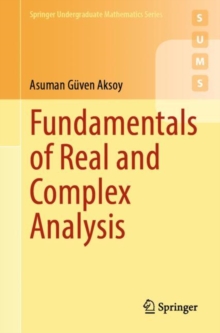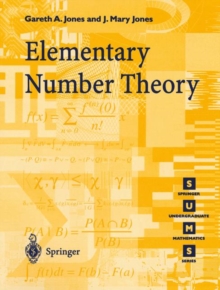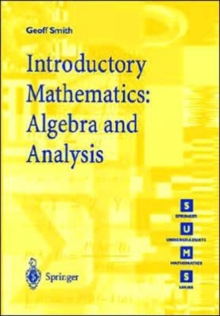
Affine Maps, Euclidean Motions and Quadrics PDF
by Agusti Reventos Tarrida
Part of the Springer Undergraduate Mathematics Series series
Description
Affine geometry and quadrics are fascinating subjects alone, but they are also important applications of linear algebra. They give a first glimpse into the world of algebraic geometry yet they are equally relevant to a wide range of disciplines such as engineering.
This text discusses and classifies affinities and Euclidean motions culminating in classification results for quadrics. A high level of detail and generality is a key feature unmatched by other books available. Such intricacy makes this a particularly accessible teaching resource as it requires no extra time in deconstructing the author's reasoning. The provision of a large number of exercises with hints will help students to develop their problem solving skills and will also be a useful resource for lecturers when setting work for independent study.
Affinities, Euclidean Motions and Quadrics takes rudimentary, and often taken-for-granted, knowledge and presents it in a new, comprehensive form. Standard and non-standard examples are demonstrated throughout and an appendix provides the reader with a summary of advanced linear algebra facts for quick reference to the text. All factors combined, this is a self-contained book ideal for self-study that is not only foundational but unique in its approach.'
This text will be of use to lecturers in linear algebra and its applications to geometry as well as advanced undergraduate and beginning graduate students.
Information
-
Download - Immediately Available
- Format:PDF
- Publisher:Springer London
- Publication Date:01/06/2011
- Category:
- ISBN:9780857297105
Other Formats
- Paperback / softback from £29.99
Information
-
Download - Immediately Available
- Format:PDF
- Publisher:Springer London
- Publication Date:01/06/2011
- Category:
- ISBN:9780857297105










